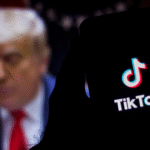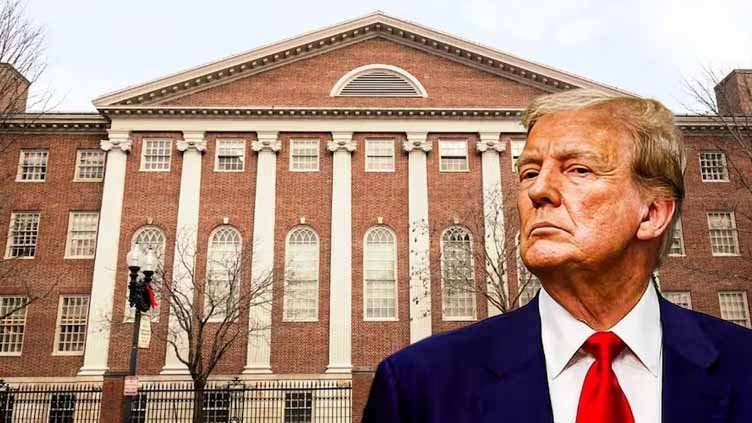Trump’s Deal Tactics Work — But at What Cost?
Trump’s deal tactics work — for now. Using aggressive branding, pressure on lawmakers, and strict party loyalty, President Donald Trump successfully passed a sweeping tax bill through Congress. He branded it the “One Big, Beautiful Bill,” following the same hard-nosed strategy that shaped his business career. While the bill extends tax cuts and brings relief to some workers, it also includes deep spending cuts and controversial changes that could spark political backlash.
Tax Relief for Some, Cuts for Others
The new law brings back and adds to the tax cuts that were in place during Trump’s first term. It stops automatic tax increases that would have happened without Congress doing anything. It also adds new tax breaks for working-class Americans, like not having to pay taxes on tips and overtime.
But the cost of these benefits is steep. The bill slashes funding for programs like Medicaid and food assistance. This move contradicts Trump’s past pledges to protect Social Security and Medicare.
Democrats say that the bill helps rich people and hurts families with low incomes. According to the Congressional Budget Office, 11.8 million more people will lose their health insurance by 2034. The bill also takes away tax breaks for clean energy, which is a big part of President Joe Biden’s Inflation Reduction Act.
Republican Divisions and Political Risks
Not all Republicans were on board. Senator Thom Tillis of North Carolina warned the bill would leave many without health coverage and open the GOP to political attacks. After the bill passed, he announced he wouldn’t seek reelection.
Senator Lisa Murkowski of Alaska also raised concerns. She voted for the bill but said it needed improvements and urged the House to make changes. Lawmakers ignored her request.
Major one-party laws often don’t bring political rewards. President Obama’s Affordable Care Act passed in 2010 — but Democrats lost big in the midterms that year. Trump’s 2017 tax cuts didn’t help Republicans in 2018 or save his presidency in 2020.
Looking Ahead to 2026
During the 2026 midterms, Democrats plan to run hard on how the bill cuts food and health aid. Early polls show that a lot of Americans, including independents and some Republicans, don’t like the law.
Trump is happy for now. But as the effects on the economy become clear and the election season starts, the long-term cost of his deal-making may become very clear.











